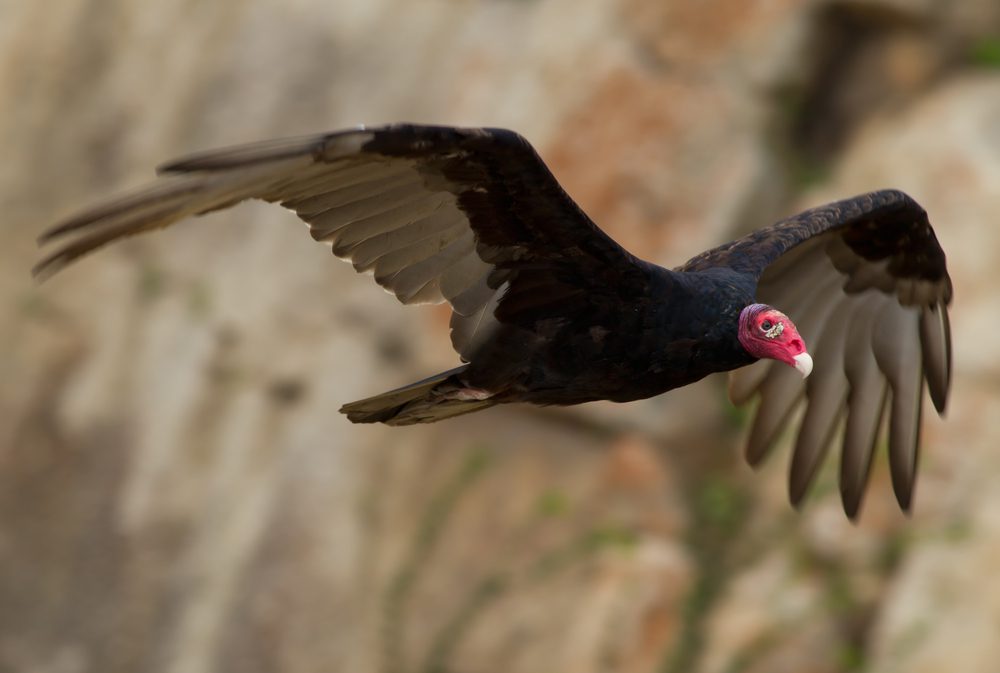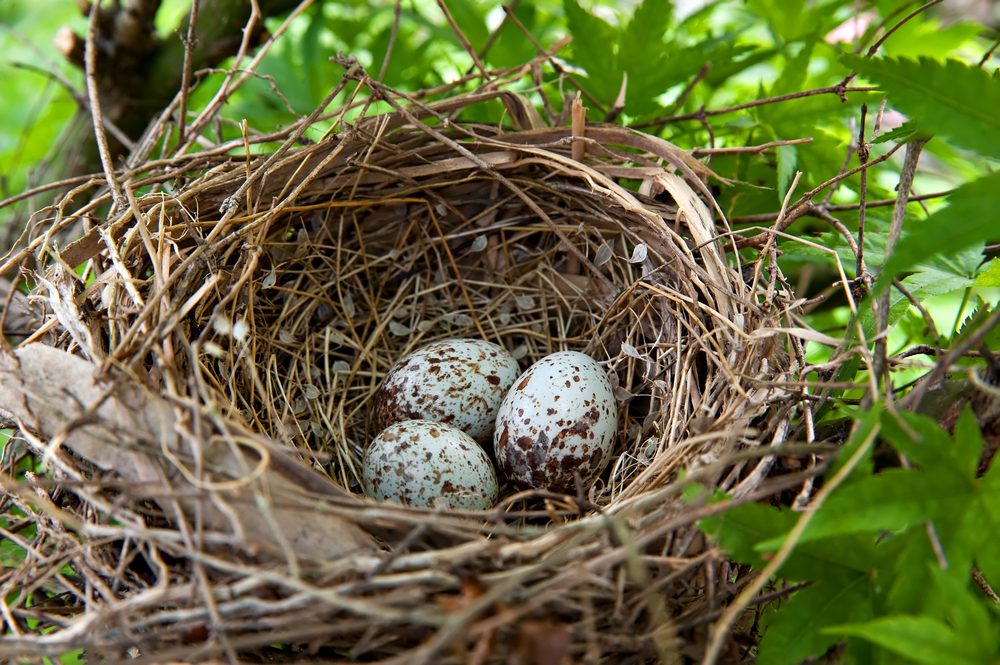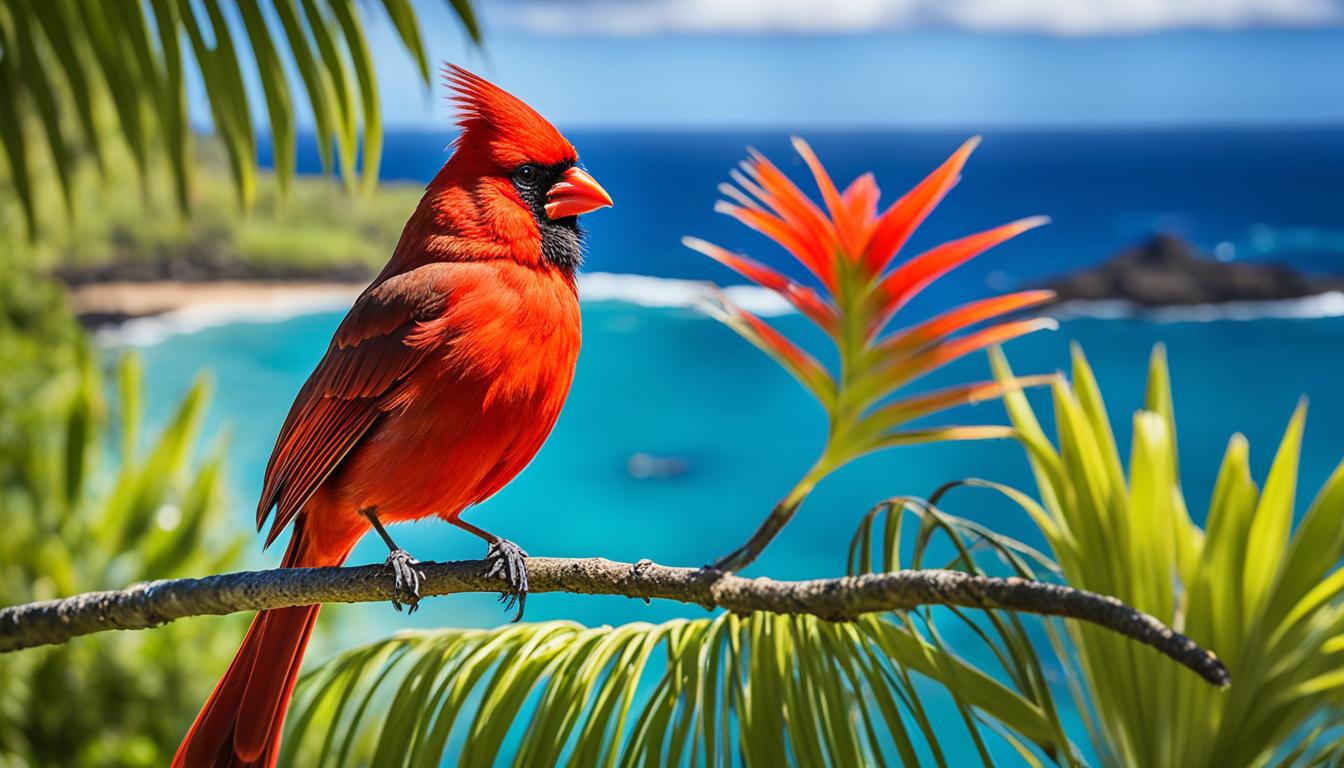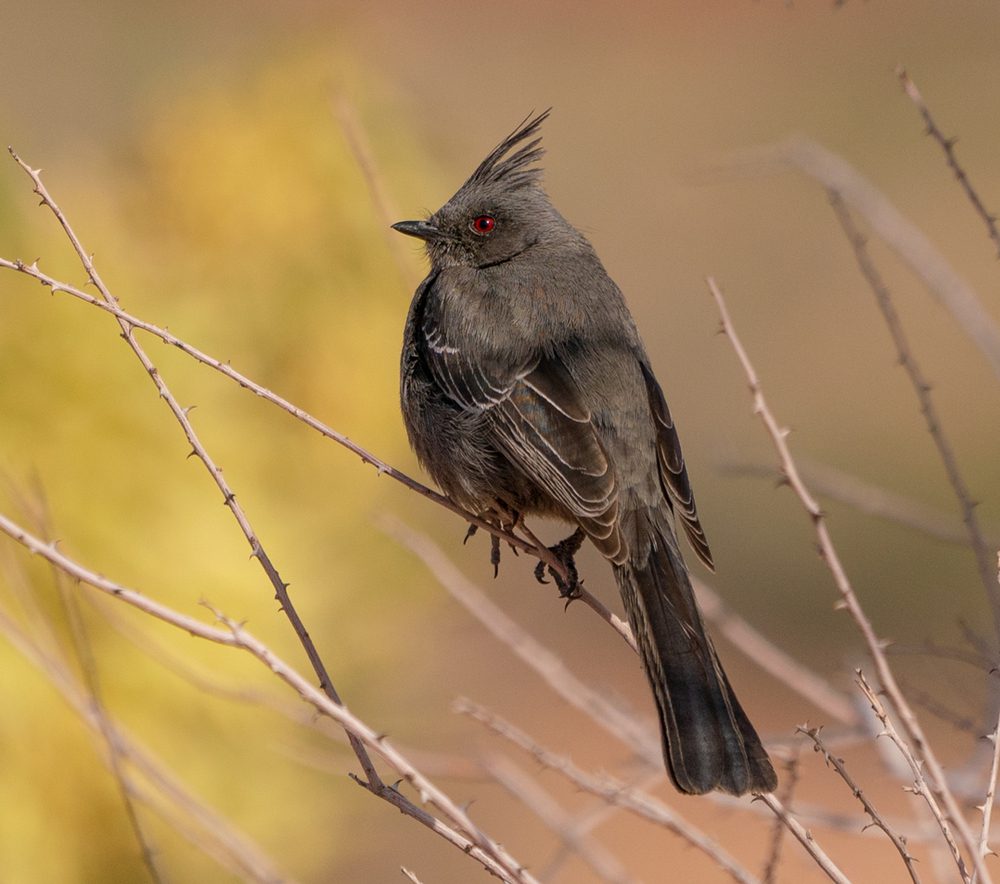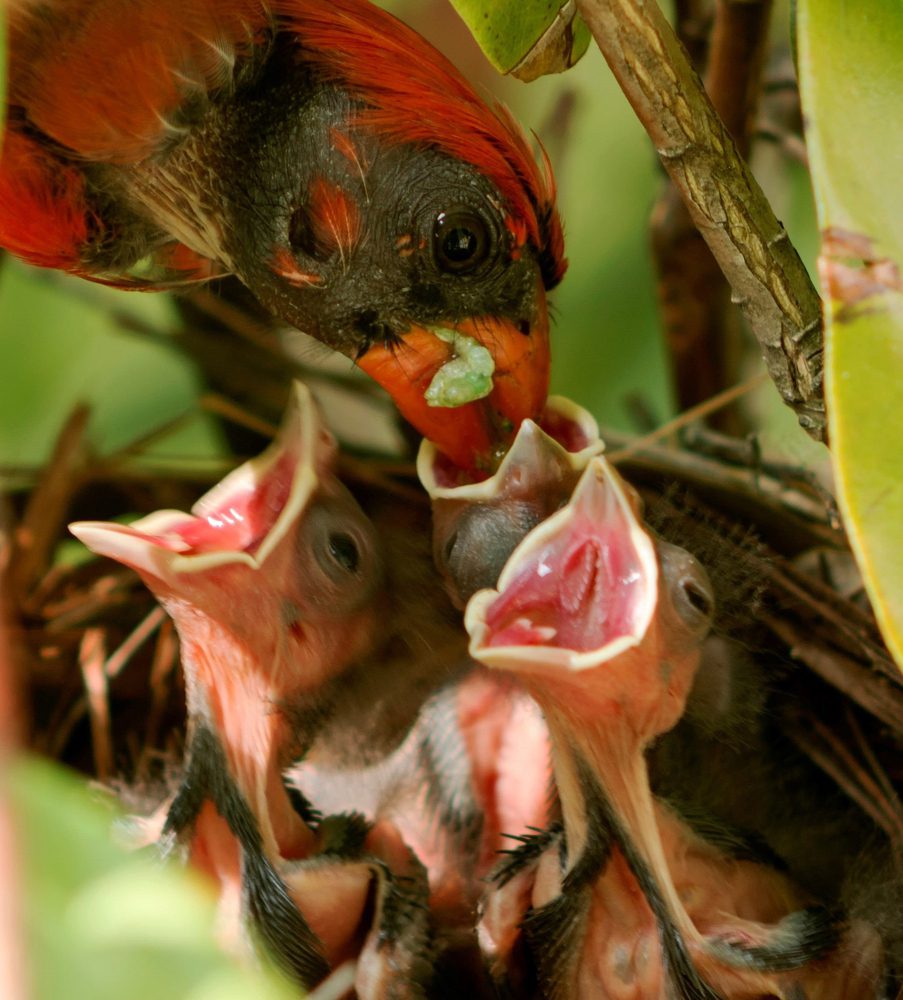Did you know that turkey vultures are an endangered species in Missouri? These remarkable birds of prey, known for their scavenging habits, play a vital role in wildlife conservation.
Not only do they help clean up carrion and prevent the spread of disease, but turkey vulture missouri also offer an awe-inspiring sight in the skies. If you’re a nature enthusiast, bird watcher, or a fan of nature photography, learning more about turkey vultures in Missouri is an opportunity you don’t want to miss.

Turkey Vulture Missouri Behavior & Habitat
Turkey vultures, with their impressive wingspans and unique characteristics, are fascinating birds that can be found in various habitats across Missouri. Let’s explore their behavior, preferred habitats, roosting habits, and migratory patterns.
Turkey Vulture Behavior
Turkey vultures exhibit interesting behavior traits that contribute to their survival in the wild. They are primarily scavengers, relying on their keen sense of smell to locate carrion. This exceptional olfactory ability allows them to detect the scent of decaying animals from great distances, making them nature’s cleanup crew.
“Turkey vultures, with their remarkable ability to locate carrion using smell, play a crucial role in maintaining the ecological balance in Missouri.”
These birds play a vital role in cleaning up the environment by consuming carrion that would otherwise attract disease-carrying organisms. By doing so, they help prevent the spread of pathogens and contribute to the overall health of ecosystems.
Turkey Vulture Habitat
Turkey vultures are adaptable birds that can thrive in various habitats within Missouri. They can be found in forests, wetlands, and even urban areas. However, they have a preference for open spaces that provide optimal visibility for both soaring and searching for food.
Their habitat requirements include a combination of nearby roosting sites and ample food sources. Forested areas with open clearings, water bodies, and grasslands can all provide the necessary conditions for turkey vultures to flourish.
Turkey Vulture Roosting
Turkey vultures exhibit unique roosting behavior, often gathering in large groups called roosts. These roosts can be found in trees, cliffs, and even rooftops. The communal nature of these roosts provides safety in numbers and promotes social interaction among the birds.
“Witnessing a large group of turkey vultures gathering together in a roosting site is a remarkable sight, showcasing their strong social bonds.”
Roosting sites also serve as a way for turkey vultures to conserve energy. By resting and conserving body heat during cooler periods, they can minimize energy expenditure for maintaining body temperature.
Turkey Vulture Migration
Turkey vultures are migratory birds, undertaking journeys in the fall and spring. During migration, they may pass through Missouri, making brief stopovers for a few days or weeks before continuing their journey to their breeding or wintering grounds.
The exact routes and timing of turkey vulture migration can vary. Some individuals may travel long distances, while others may migrate shorter distances or remain in their resident areas throughout the year.
Observing the migration of turkey vultures in Missouri can be a captivating experience, offering nature enthusiasts and birdwatchers a chance to witness their incredible aerial prowess and the extraordinary phenomenon of avian migration.
| Behavior | Habitat | Roosting | Migration |
|---|---|---|---|
| Scavenging carrion | Forests, wetlands, urban areas | Gather in large roosts | Seasonal migration patterns |
| Prevent the spread of disease | Open spaces with good visibility | Resting and conserving energy | Pass through Missouri during migration |
Turkey Vulture Identification & Characteristics
When it comes to spotting a turkey vulture, their distinctive characteristics make them quite easy to identify. These magnificent birds are known for their:
- Large size: Turkey vultures are one of the largest birds of prey, measuring approximately 2.5 to 3.1 feet in length.
- Long wings: With a wingspan of about 6 feet, turkey vultures have impressive wings that allow them to glide effortlessly through the sky.
- Bald red heads: Unlike other birds, turkey vultures have featherless heads, which are a vibrant shade of red.
- Plumage: Their plumage is primarily dark brown, almost black, providing excellent camouflage during flight. However, their undersides have lighter feathers that contrast with the darker colors.
In addition to these characteristics, turkey vultures have short and curved beaks, specifically adapted for tearing into carrion. Their heads may be devoid of feathers, but they make up for it with their keen eyesight and sense of smell, enabling them to locate food from great heights. It’s these distinct features, along with their unique soaring flight pattern, that set them apart from other birds of prey.
If you’re curious to visualize the features of a turkey vulture, take a look at the image below:
“The turkey vulture’s large size, long wingspan, bald red head, and distinctive plumage make it easily recognizable among birds of prey.”
Turkey Vulture Conservation Efforts in Missouri
In Missouri, turkey vultures are in trouble and need our help to survive. They’re considered endangered, which means there aren’t many of them left. People from different groups are coming together to help save them. They’re working on keeping the vultures’ homes safe, making sure the environment is clean, and stopping anything that could destroy their living spaces. These efforts are super important to make sure turkey vultures can live in Missouri for a long time.
One significant aspect of turkey vulture conservation is wildlife rehabilitation. Dedicated centers specialize in rescuing and rehabilitating injured or orphaned turkey vultures, providing them with the care they need for recovery and eventual release back into the wild. These rehabilitation efforts contribute to maintaining the population and genetic diversity of the species.
I’m committed to supporting the conservation of turkey vultures and their habitats. Protecting endangered species like the turkey vulture is crucial for maintaining the balance of our ecosystems and preserving biodiversity.
Preserving Critical Habitats
Habitat preservation plays a vital role in turkey vulture conservation. Efforts are focused on identifying and safeguarding key areas that support healthy populations of turkey vultures. By minimizing habitat disturbance and implementing sustainable land management practices, we can create safe havens for these birds and ensure their continued presence in Missouri.
Raising Awareness and Education
Another essential aspect of turkey vulture conservation is raising public awareness and promoting education. By educating communities about the significance of these birds and the threats they face, we can foster a sense of responsibility towards their protection and encourage sustainable practices that benefit both wildlife and the environment.
Through targeted educational programs, we can inspire individuals to engage in conservation initiatives, advocate for responsible behaviors, and support policies that promote the preservation of turkey vultures and their habitats.

Turkey Vulture Spotting Locations in Missouri
If you’re interested in spotting turkey vultures in Missouri, there are several prime locations to visit. Conservation areas, wetlands, and other bird watching hotspots offer excellent opportunities to observe and photograph these majestic birds in their natural habitat.
Mark Twain National Forest
The vast expanse of Mark Twain National Forest provides a diverse range of habitats for bird watching enthusiasts. With its dense forests, open grasslands, and serene lakes, this location is a haven for a variety of bird species, including turkey vultures. Hiking trails and observation points throughout the forest offer great vantage points to spot these magnificent birds in flight.
Ozark Greenways
The Ozark Greenways is a network of trails and wetlands that wind through Springfield and the surrounding areas. This urban oasis attracts a wide array of birdlife, including turkey vultures. As you explore the trails and walkways, keep an eye on the skies above and lookout for vultures soaring gracefully on thermal updrafts.
Shaw Nature Reserve
Located near Gray Summit, Shaw Nature Reserve is a 2,400-acre nature preserve that offers stunning views and a diverse range of flora and fauna. The open grasslands and woodlands provide a suitable habitat for turkey vultures. Spend a day exploring the trails and bring your camera to capture memorable moments of these fascinating birds in their natural surroundings.
Katy Trail State Park
Katy Trail State Park stretches across scenic Missouri landscapes for over 200 miles, making it the perfect destination for bird enthusiasts. This popular trail follows the path of the Missouri River and offers countless opportunities for bird watching. Keep your eyes peeled for turkey vultures gracefully gliding through the skies as you stroll along this picturesque trail.
Mingo National Wildlife Refuge
Located in the southeast region of Missouri, Mingo National Wildlife Refuge is a paradise for bird watchers and nature photographers. This 21,000-acre refuge is home to a diverse range of bird species, including turkey vultures. Explore the various trails and observation points within the refuge, and with a little patience, you’ll have a chance to witness the beauty of these incredible birds up close.
Remember, when visiting these locations, respect the natural environment and abide by any rules or guidelines in place to protect the wildlife. Ensure you have proper bird watching gear, such as binoculars and a camera, to enhance your experience and capture the beauty of the turkey vultures in Missouri.
| Location | Description |
|---|---|
| Mark Twain National Forest | A vast forest with diverse habitats, providing great vantage points for spotting turkey vultures. |
| Ozark Greenways | A network of trails and wetlands in Springfield, attracting a wide array of birdlife. |
| Shaw Nature Reserve | A 2,400-acre nature preserve with open grasslands and woodlands, offering a suitable habitat for turkey vultures. |
| Katy Trail State Park | A scenic trail that follows the path of the Missouri River, providing countless bird watching opportunities. |
| Mingo National Wildlife Refuge | A wildlife refuge in the southeast region of Missouri, home to a diverse range of bird species. |

When exploring these fantastic turkey vulture sighting locations in Missouri, keep your eyes to the sky and be patient. Observe their soaring flight patterns and marvel at their graceful movements. These remarkable birds are a sight to behold and offer a unique opportunity for bird watchers and nature photographers alike.
Turkey Vulture Threats & Challenges in Missouri
Turkey vultures face numerous threats and challenges in Missouri, which have contributed to their endangered status. It is essential to understand these factors to develop effective conservation strategies and protect these magnificent birds.
Habitat Loss
Habitat loss due to urbanization and agriculture encroachment poses a significant threat to turkey vultures in Missouri. As human development expands, the natural habitats that these birds rely on for foraging and nesting are being fragmented and destroyed. The loss of suitable habitat limits their ability to find food and reproduce, putting the population at risk.
Poisoning
Ingesting carcasses contaminated with lead or pesticides is a grave danger for turkey vultures. As scavengers, they play a vital role in the ecosystem by consuming carrion. However, when they consume contaminated carcasses, these toxic substances accumulate in their bodies, leading to sickness and death.
Collisions with Vehicles
Collisions with vehicles while feeding on roadkill are a significant cause of mortality for turkey vultures in Missouri. These birds often gather near roadways to scavenge on animal carcasses, making them vulnerable to vehicular accidents. The high speed of vehicles and the distraction of feeding can result in fatal collisions, further impacting their already endangered population.
Illegal Hunting
Illegal hunting or disturbance of turkey vultures’ roosting sites pose a severe threat to their survival. These birds may be intentionally targeted by poachers or disturbed by human activities, leading to disturbance and potential abandonment of their nesting areas. The illegal hunting of turkey vultures not only disrupts their populations but also undermines conservation efforts put forth to protect them.
These threats to the turkey vulture population in Missouri underscore the urgent need for continued conservation efforts. It is crucial to preserve and restore their habitats, regulate the use of harmful substances, implement measures to mitigate roadkill hazards, and enforce laws against illegal hunting. By addressing these challenges, we can work towards ensuring the survival and recovery of the turkey vulture population in Missouri.
Bird Watching Tips for Turkey Vulture Sightings in Missouri
If you’re planning to go bird watching in Missouri and specifically looking to spot turkey vultures, here are some helpful tips:
- Familiarize yourself with their distinctive characteristics, such as their large size, bald red heads, and soaring flight pattern. These unique features will make it easier to identify them in the wild.
- Look for open spaces or areas with dead trees, as these are likely spots where turkey vultures may be perched or roosting. They often choose elevated areas to have a better view of their surroundings.
- Patience is key when bird watching. Turkey vultures may take some time to appear, so find a comfortable spot and spend some time observing the area. Their distinctive flight patterns make them easier to spot once they are in the air.
- Bring along binoculars to get a closer look at these magnificent birds. It will enhance your viewing experience and allow you to appreciate their details, such as their wing patterns and feather colors.
- Don’t forget your camera! Capturing the beauty of these birds through nature photography can be a rewarding experience. Having a camera with zoom capabilities will help you capture stunning close-up shots of turkey vultures.
By following these bird watching tips, you’ll have a higher chance of spotting turkey vultures in Missouri and enjoying their presence in their natural habitat.
Conclusion
Turkey vultures are super cool birds you can find in Missouri. They have a special way of finding food and look pretty unique, which makes watching them really interesting. But, it’s super important for us to look after these birds so they can stick around for a long time and keep their homes safe.
We can help these birds by learning more about them and helping others do the same. You can join bird-watching events, talk about what you know with friends who love nature, or even give a little money to groups that work to protect birds. Every little bit helps these awesome birds.
When you go out to see turkey vultures, remember to be a good bird-watcher. Stay far enough away so you don’t bother them, and just watch them without getting in their way. This way, we can all enjoy these birds and make sure they’re safe for others to enjoy in the future too.
FAQ
What is a turkey vulture?
A turkey vulture is a large bird of prey that can often be seen soaring in the skies of Missouri. It is known for its scavenging habits, feeding mainly on carrion.
Why are turkey vultures important for the ecosystem?
Turkey vultures play an important role in the ecosystem by helping to clean up dead animals and prevent the spread of disease.
Where can I find turkey vultures in Missouri?
Turkey vultures can be found in a variety of habitats in Missouri, including forests, wetlands, and urban areas. They prefer open spaces that provide good visibility for soaring and searching for food.
How can I identify a turkey vulture?
Turkey vultures are easily identifiable by their large size, long wings, and bald red heads. They have a wingspan of about 6 feet and can weigh up to 5 pounds. Their plumage is primarily dark brown, almost black, with lighter feathers on the underside.
Why are turkey vultures endangered in Missouri?
Turkey vultures are an endangered species in Missouri due to habitat loss, poisoning from ingesting contaminants, collisions with vehicles, and illegal hunting or disturbance of their roosting sites.
Where can I go bird watching to spot turkey vultures in Missouri?
Prime locations for spotting turkey vultures in Missouri include conservation areas such as Mark Twain National Forest and wetlands like the Ozark Greenways. Open grasslands and forests with dead trees are also favored spots for turkey vultures.
How can I contribute to the conservation of turkey vultures in Missouri?
You can contribute to the conservation of turkey vultures in Missouri by raising awareness, supporting conservation efforts, and practicing responsible bird watching. Additionally, you can support wildlife rehabilitation centers that rescue and rehabilitate injured or orphaned turkey vultures.
What are some tips for spotting turkey vultures in Missouri?
To spot turkey vultures in Missouri, familiarize yourself with their distinctive characteristics, look for open spaces or areas with dead trees where they may be perched or roosting, and bring binoculars and a camera for enhanced viewing and photography opportunities.

